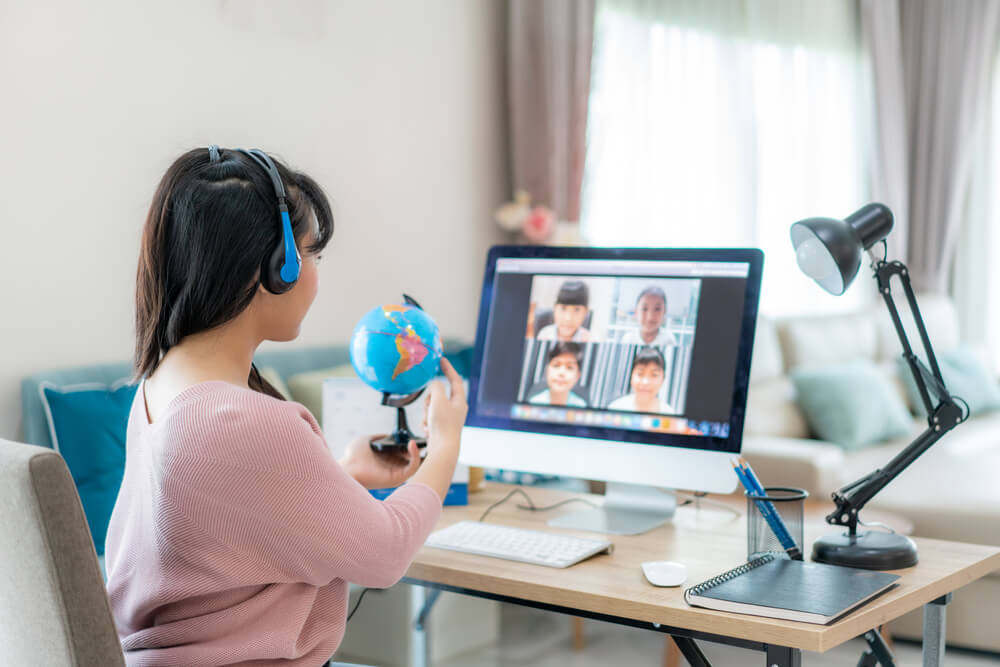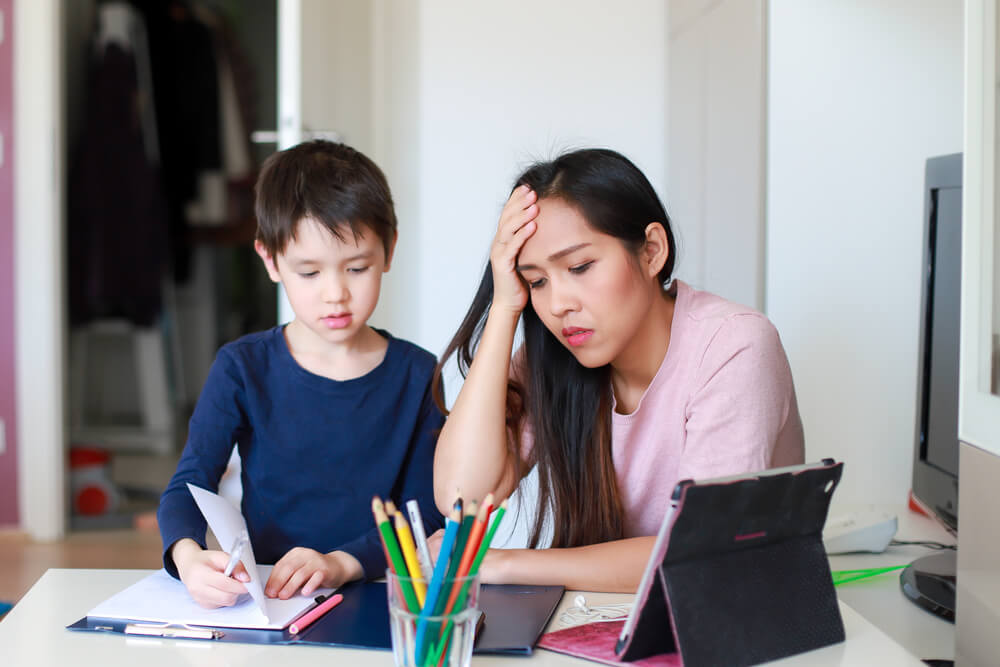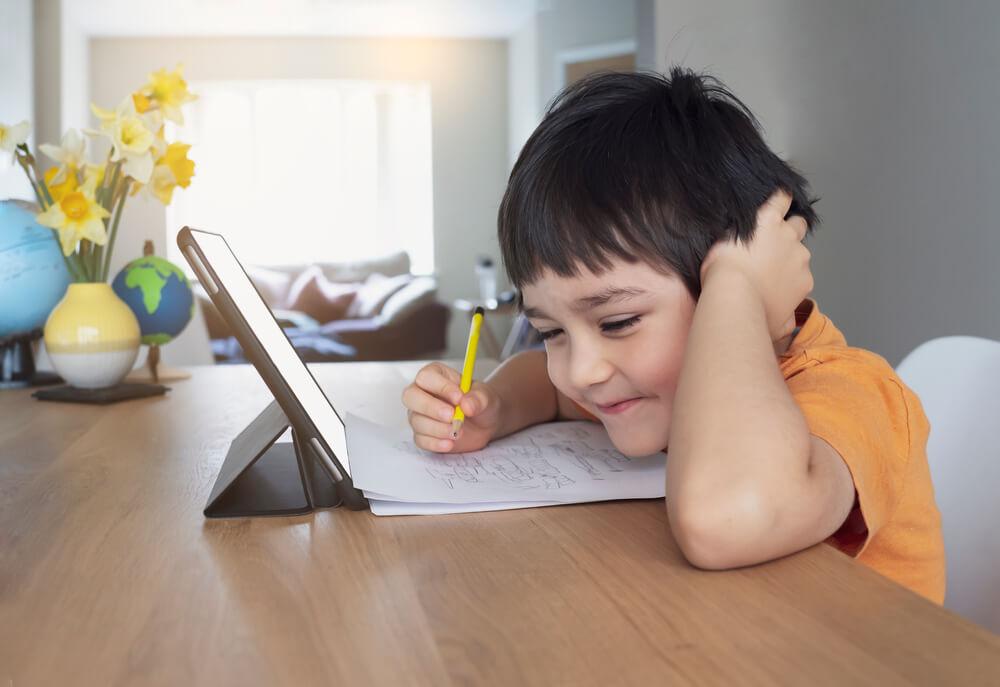
Student Learning Outcomes: Why You’re Not Achieving Them Well Online
Thousands of teachers have switched to remote learning, especially now that schools are closed indefinitely. The transition isn’t easy, however, as many of them face serious challenges that prevent them from achieving their student learning outcomes.
If you’re a teacher who also transitioned to online learning, you might also be facing some challenges that hinder you from getting the outcome you want from your students. Guaranteed, you are not alone on this journey.
Student learning outcomes can prove quite challenging, especially when you’re teaching from home—miles away from your students.
In this blog post, we will talk about (1) what student learning outcomes are, (2) why you’re not achieving them well online, and (3) how you can acquire them.
Table of Contents
Understanding Student Learning Outcomes
Student learning outcomes refer to statements that elaborate on the skills or knowledge students must achieve by the end of a particular course, assignment program, or class. They help learners understand why those skills or that knowledge is important and useful to them.
In other words, student learning outcomes are statements that describe what learners will know and what they can do, perform, or demonstrate when they have completed a course.
Here are some examples of student learning outcomes:
- Identify, describe, and analyze the economic, political, religious, and social uses of art in Italy during the Renaissance.
- Recognize a range of works of art and artists
- Analyze and describe the role of art and the artists in Italy at this modern time
- Understand and explain the art of the period according to objective methods
- Link different sources, materials, and types of art to the attributes of the period
- Evaluate, defend, and elaborate their response to a range of art-historical issues

Student Learning Outcomes VS Student Learning Objectives
The difference between student learning outcomes and objectives is not widely recognized, and many educators may find that what they already understand about the objectives also describe the learning outcomes.
At first glance, some think that there’s really no distinction between the two. And even if you research the topic, you will find most articles use these terms interchangeably.
Student learning objectives refer to the educator’s purpose for creating and teaching the course. These are the specific questions that the educator wants their course to raise.
On the other hand, student learning outcomes give answers to those questions. They are measurable and specific skills and knowledge that the student will gain by taking or completing the course.
Why student learning outcomes are important
When educators know the outcomes, they are more likely to improve the effectiveness of their class. The reason is that it encourages them to put themselves in the learners’ shoes. Also, by stating the outcomes, educators gain a clear understanding of the purpose of their course.
Student learning outcomes can also serve as measurable criteria, whether the course has done its job. This helps both educators and learners assess the effectiveness of the class.
Benefits of student learning outcomes for educators
If you’re an educator and find your course unable to achieve the outcome you expected, you can use that knowledge to improve your teaching techniques or rethink your approach.
The learning outcomes can also help educators be more in touch with the learner’s perspective. Plus, it gives them a clear sense of the purpose of their course.
Educators can also use the learning outcomes as a basis in measuring the success of their course.
Benefits of student learning outcomes for students
Students benefit from learning outcomes, too. After completing a course, class, or assignment, they can assess whether the course has helped them achieve the outcome. Then, they can give feedback to their instructors.
When students focus on the outcomes right from the beginning, it allows them to put greater emphasis on the relevant and practical knowledge and skills to be learned.
Consequently, the learning outcomes make learning more effective as learners have a clear sense of the result.
[Must read: COVID-19 Remote Learning: Most Common Challenges Of Transitioning To Online Classes]
Why You’re Not Achieving Your Student Learning Outcomes
Teachers carry one hefty responsibility that no one could ever understand. And if you’re an educator, we know you understand what it feels like to achieve your goal, that is, to provide effective learning to your students.
Yet, being a successful teacher is not a walk in the park. There are many hurdles and frustrations, one of which is when you set student learning outcomes and cannot deliver them.
It’s even more challenging now that teachers switch to remote teaching, and they are not able to face their students face-to-face, making it difficult to see visual cues whether their students are achieving the outcomes or not.
What could be the reasons why educators cannot achieve their student learning outcomes in online teaching?
Lack of interaction

How important is interaction in a web-based learning environment? Interaction is a significant component of successful online learning. However, many teachers still struggle to come up with interaction techniques. Some just lack experience and skills to promote online interaction.
Really, it proves to be challenging for educators. A study says that students expect lower interaction when they take online courses. Plus, not all students want more interaction because of personality or learning style differences.
What can a lack of interaction lead you to? There could be a lack of idea exchanges when there isn’t enough interaction between teachers and students in an online class.
[Must read: Five Doable Tips To Boost Student Participation In An Online Class]
Poor teaching strategy
Another reason why you’re not getting the learning outcomes you have set is your teaching strategy.
A poor teaching strategy could be the kind that doesn’t motivate students, lack of engagement, absence of effective individual questioning, and the lack of practical methods to help students visualize and understand various topics.
Infrequent feedback
Your learners are more likely to achieve the student learning outcomes if they receive frequent helpful feedback. When they receive feedback from their educator, they can make changes in their learning pattern and take measures to achieve the expected outcomes with online learning.
How You Can Achieve Student Learning Outcomes
Despite remote teaching bringing massive challenges, you can take steps to ensure that you achieve your learning outcomes
The first step is to make sure you create brief and easy to understand student learning outcomes. Outline what you expect them to achieve when they complete your course.
We understand that every teacher is different, and each has unique circumstances. The tips below are what we have found conventionally effective:
Engage with your students

Student engagement is an important part of teaching—be it an online or face-to-face setup. You might wonder, how can I promote a dynamic interaction with the entire class virtually?
Using interactive digital resources is key. New technologies can help you personalize the learning environment.
Make virtual group activities and encourage them to use the chat feature, discussion boards, or cloud tools to collaborate.
It would be helpful to show your face throughout the class and let your students hear your voice. This being said, make sure to invest in a good computer set or laptop with an excellent camera and microphone.
Plus, make sure to check in with your students via chat or email. Pay attention when a student is at risk of disengagement.
Motivate them
Motivation in a classroom can push students to participate in the learning process. It’s hard to get learners to participate in lessons actively and stay focused.
Make sure to use different approaches that give students a reason to center their attention on your class. How about incorporating gamification into your classroom?
[Related: 9 Tips In Creating A Learning Environment From Home]
Improve your teaching techniques

You can help your learners achieve your student learning outcomes if you enhance your learning styles. Teachers always strive to create strategies and come up with tools to reach students with diverse learning needs.
Not all students are the same—they’re unique and have different learning styles. Some learn better through visual aids, while others learn better with logical problems.
It’s your job to determine what learning techniques best suit your students.
Prepare
Once you are done outlining your student learning outcomes, the next step is to prepare for it. Educators always innovate ways to pull off an excellent learning experience for their students. Use technology efficiently, and use tools that can help you prepare.
[Related: Should Teachers Plan Lessons For Online Classes?]
Conclusion
Student learning outcomes are statements that clearly identify what the students will know and what they can do and demonstrate when they finish a particular course, assignment, or class.
Other teachers struggle with achieving the learning outcomes they have set due to flaws in teaching methods. If that’s also true for you, you must identify the problem and rethink your teaching methods.
Related Questions
What makes a good learning outcome?
A good learning outcome states the intended results of the learning clearly. It must indicate what the students will know, gain, or be able to do at the end of the task. It must also explain what is expected of them.
Is distance learning good for students?
Yes. There are many advantages to distance learning, such as time and place flexibility. With online education, students no longer need to commute and fight for parking spots. Yet, just like anything else in life, distance learning also has some drawbacks.
You’re not alone. Connect with other teachers and parents
If you’ve been struggling with achieving your student learning outcomes, then don’t worry. You’re far from being alone. Other teachers face the same challenges.
Connect with other educators by signing up to All Digital School. By signing up, you get access to our community forum where you can ask questions, solicit advice, and share your experiences.
Click the button below to get started:
You can also register using your Facebook or Google account. Click any of the buttons below:










